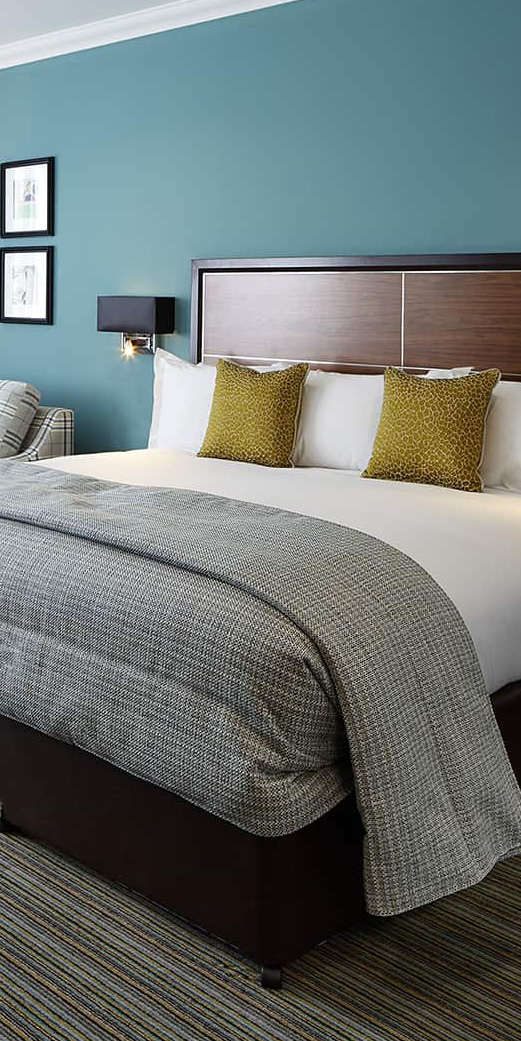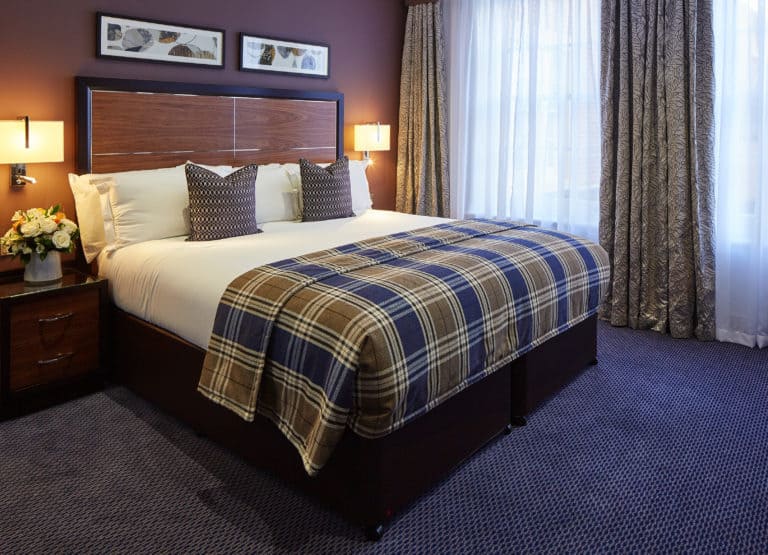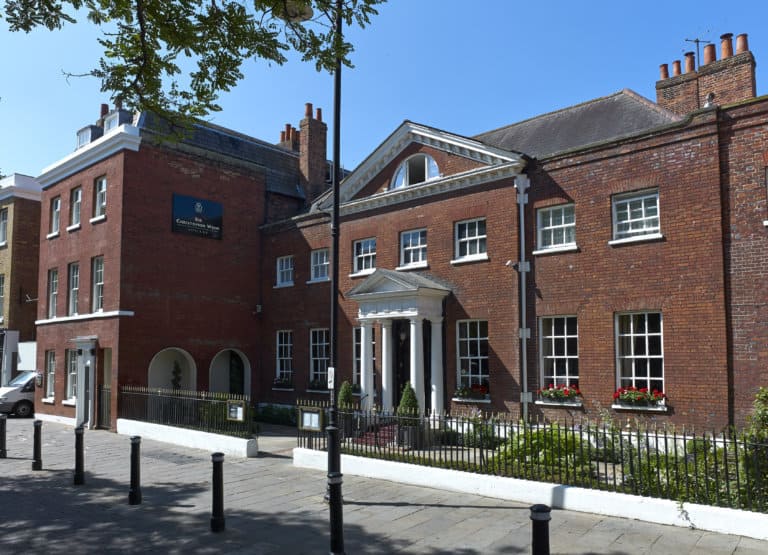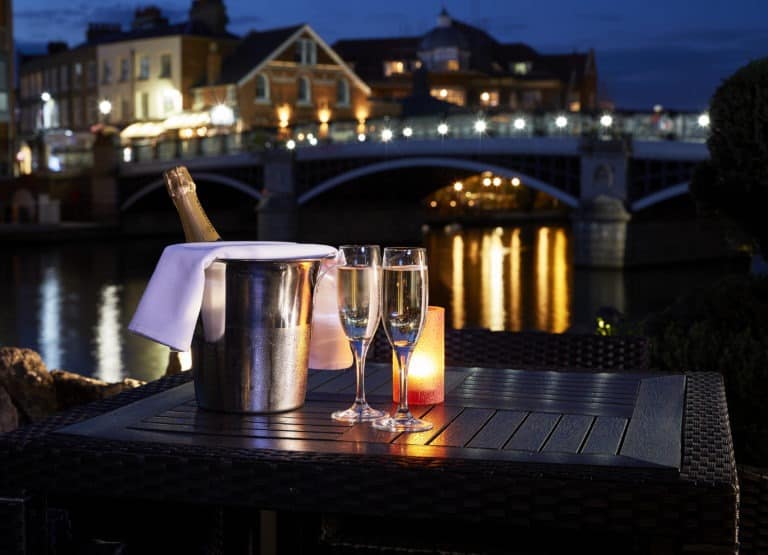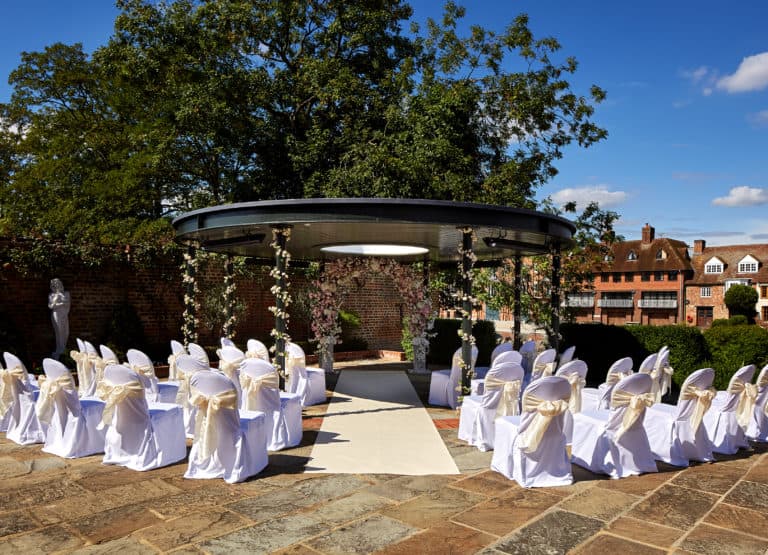Welcome to Sir Christopher Wren
A 4-star riverside hotel comprised of several characterful buildings clustered around a historic cobbled street by Eton Bridge. Here you will find our collection of individually styled bedrooms, a modern conference centre and the Wren’s Club with a gym and sauna.


